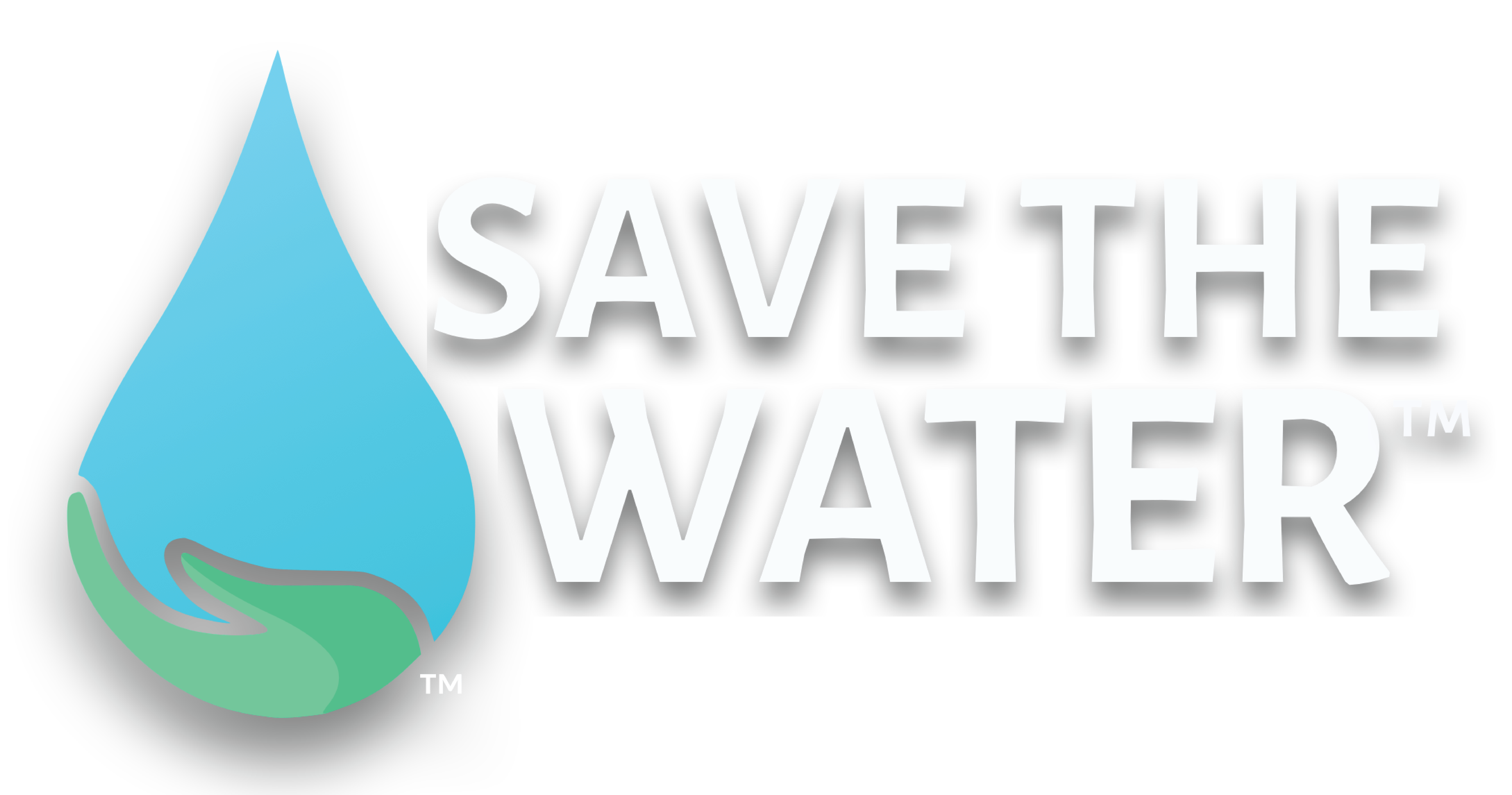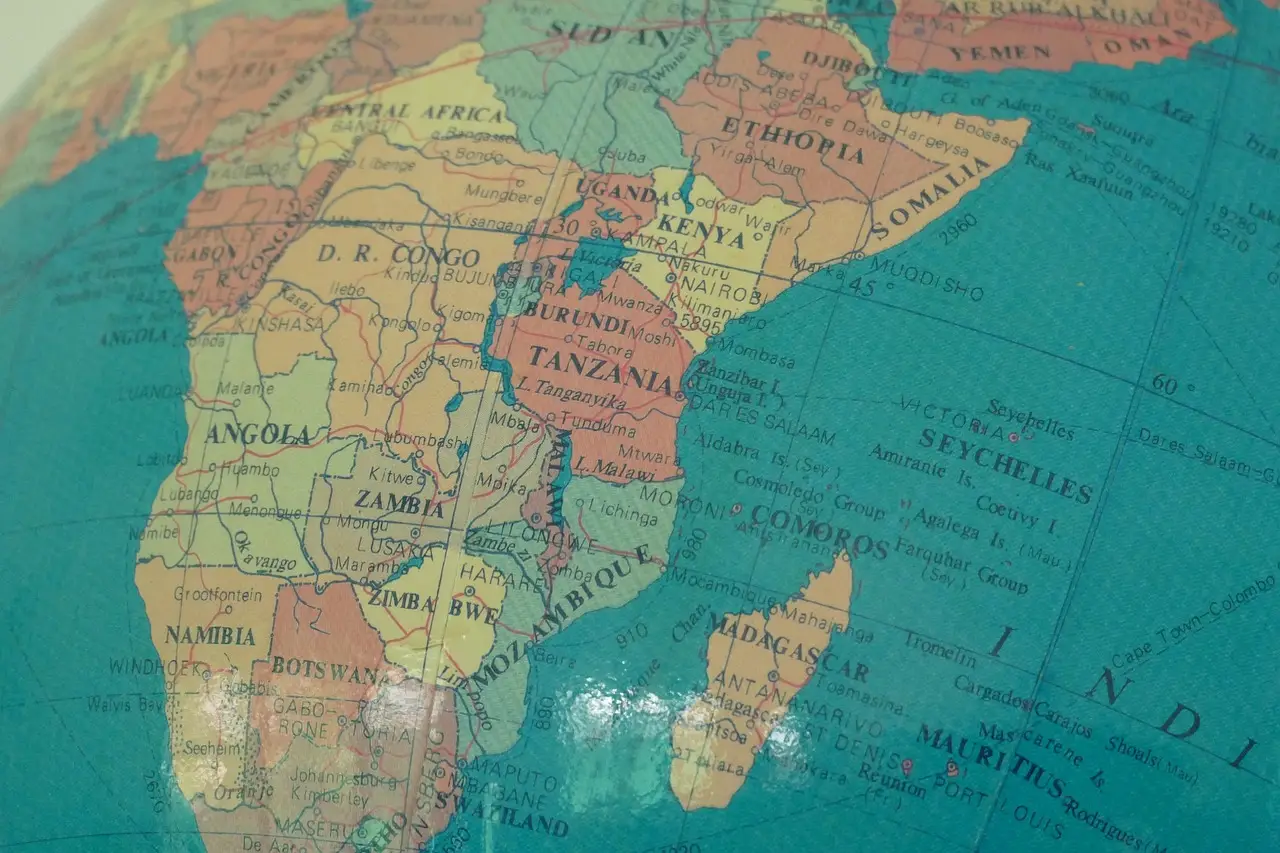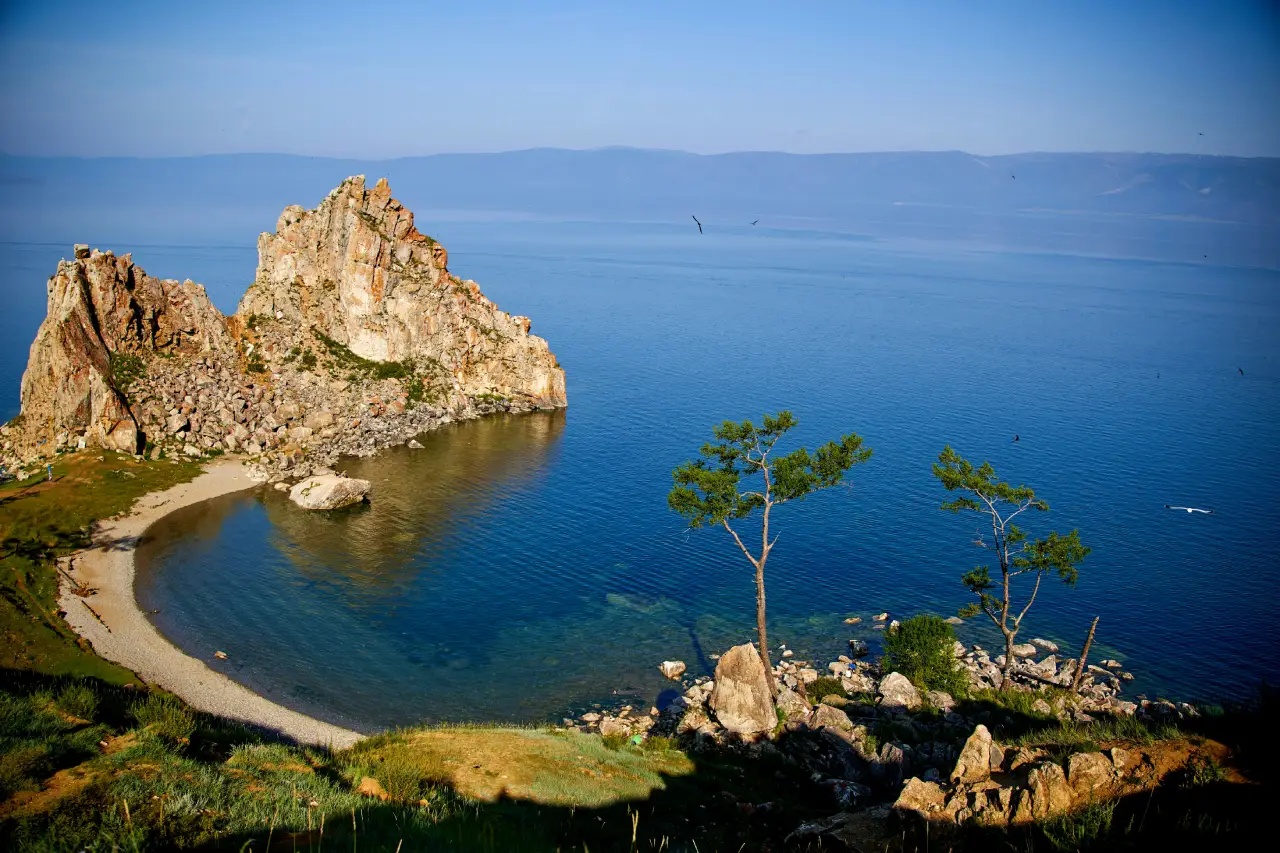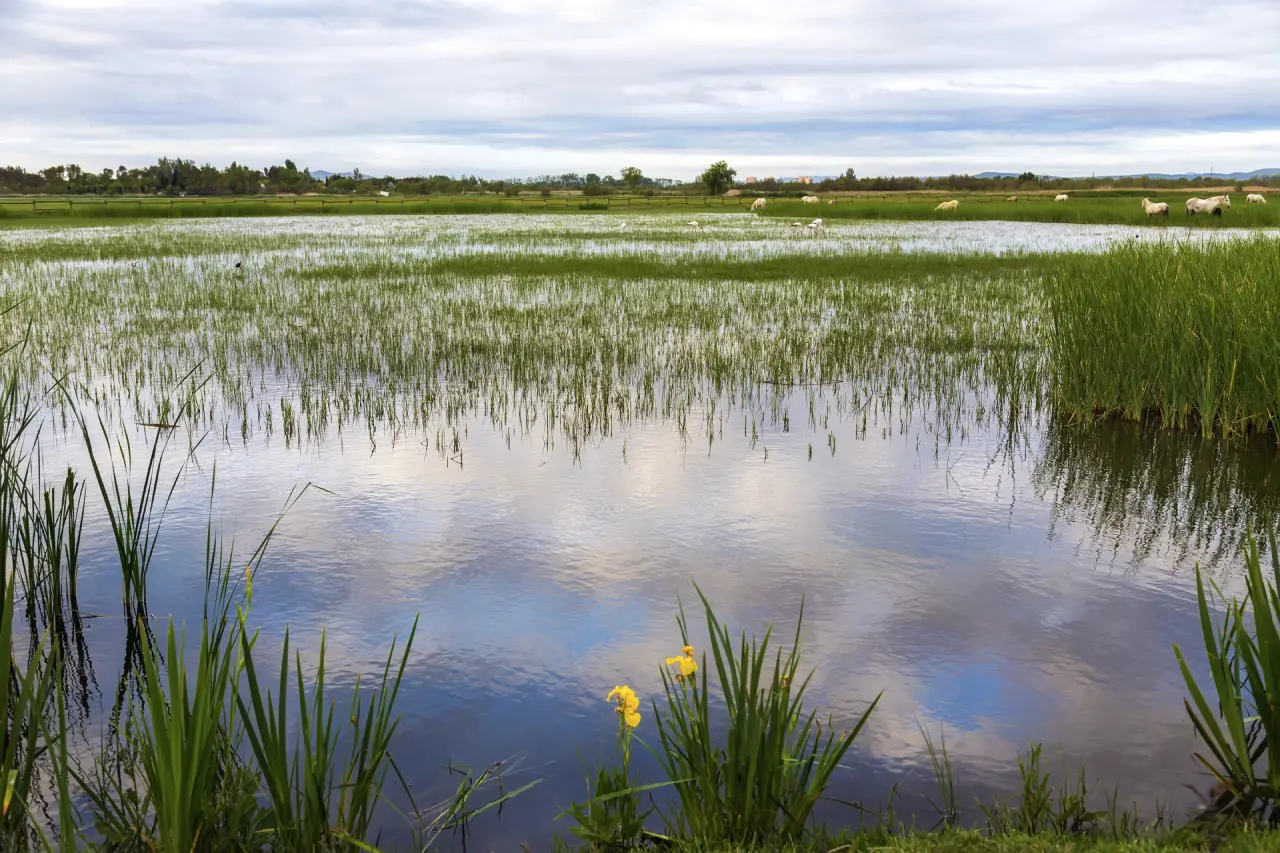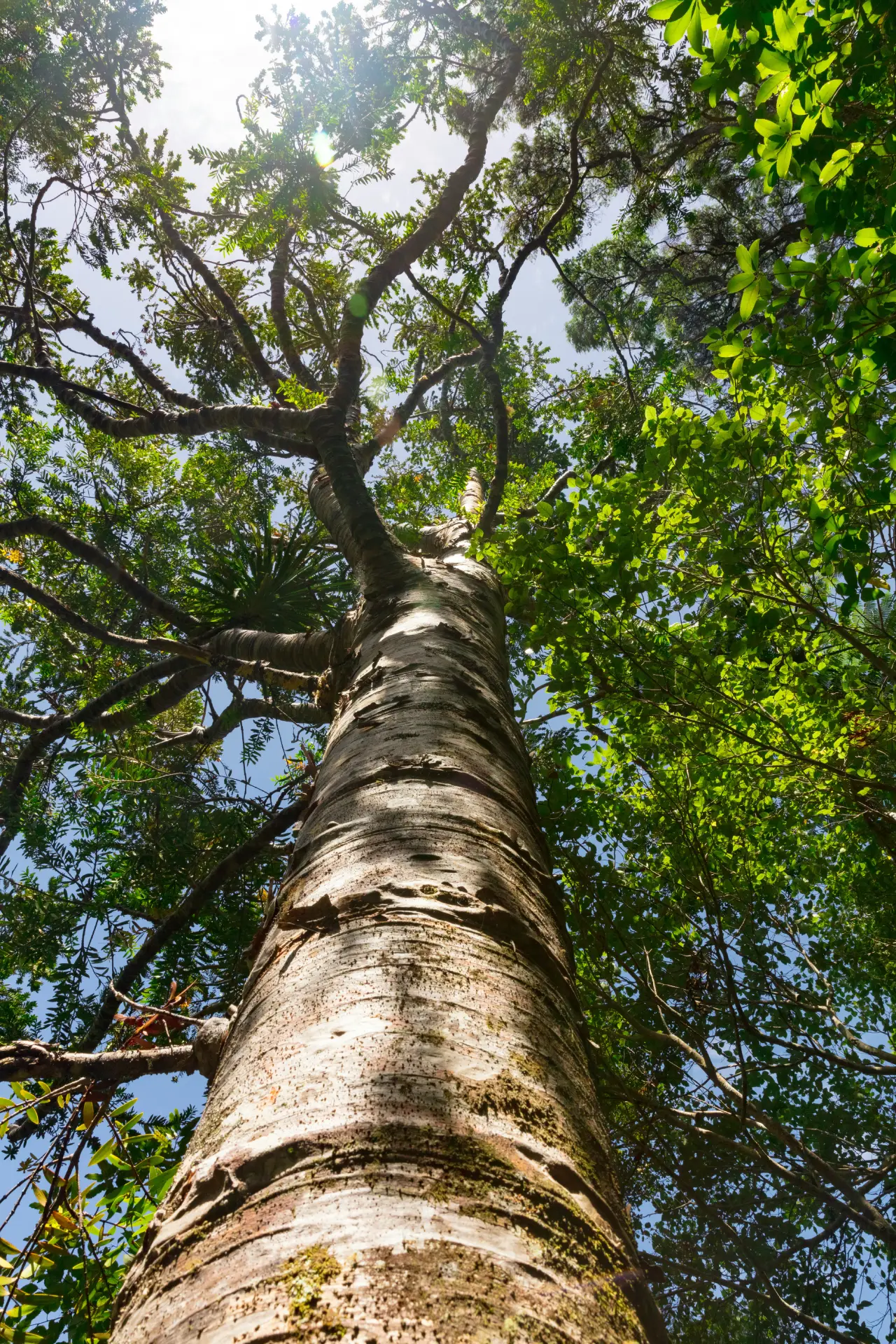Camels store water in their blood cells, not their humps!
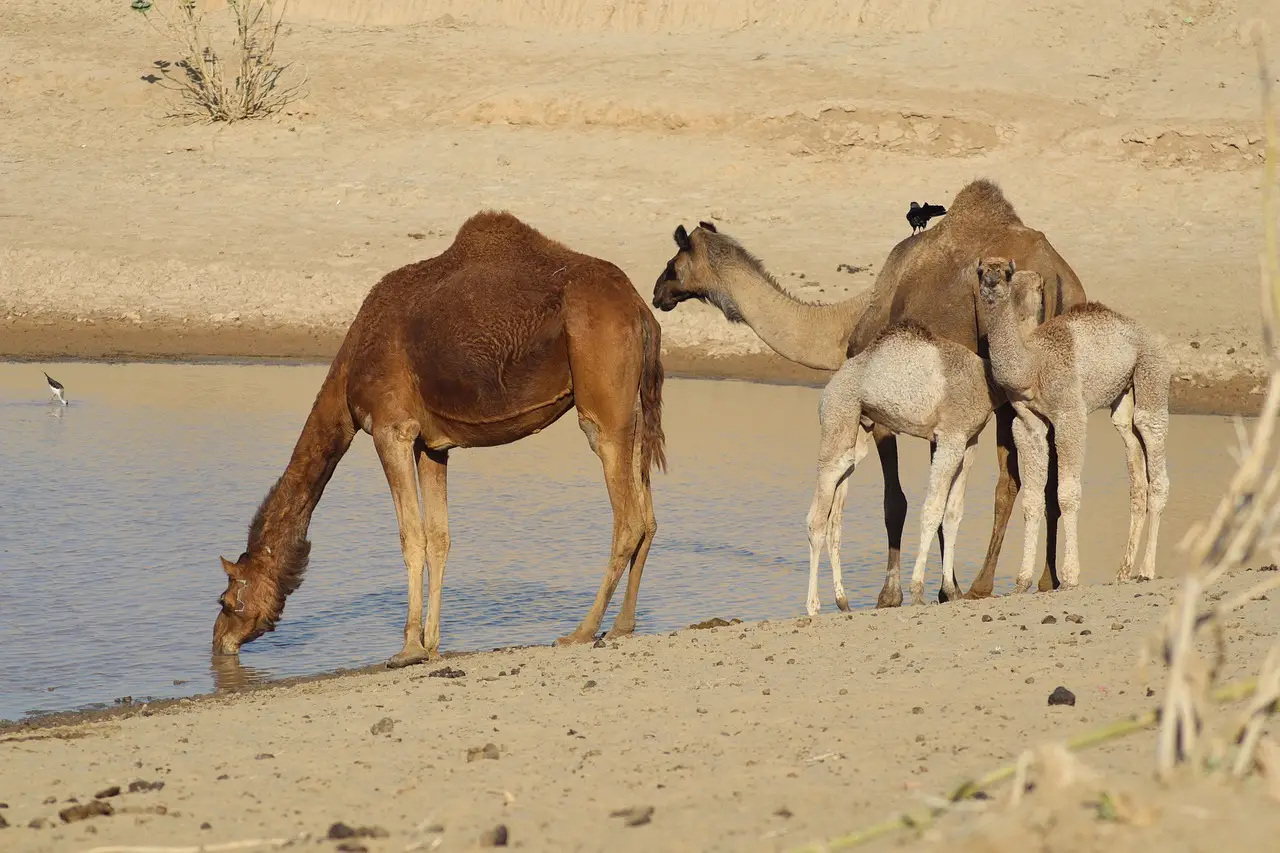
There’s a common misunderstanding that a camel’s hump (or humps, depending on the species)stores water. This is actually not true, as the humps store fat instead. The stored fat is used during lean times when food is scarce. As the fat stores are used, the hump becomes limp and floppy, and it may droop over the camel’s back. While some water is released when fat is burned for energy, most of it is lost when the camel breathes. It is not a significant source of water to keep the animal hydrated.
Camels can drink up to 30 gallons (114 liters) of water at once through a watering hole or well. Where do they store this water, if not in their humps? They have specially adapted blood cells. Their red blood cells are oblong, with membranes that can stretch out or shrink. Camels can withstand losing up to 25% of their total water volume. This is twice the level of dehydration that would be lethal to a human and causes the camel’s blood cells to shrink. When they drink water, the cells plump up again and are able to hold more water because of their unique shape. Camels can store water, in their blood and not in humps, to survive in the desert.

